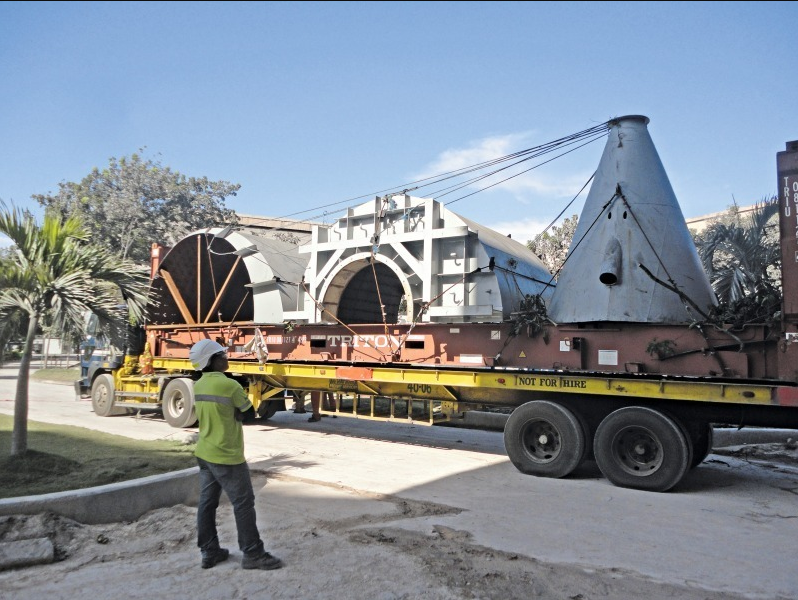Contents
The influence of false air ingress on the production capacity of cement kiln
to Download the Book of KPI in cement Industry and more than 12 expert books in cement industry kindly click here

Published by
In most of the cement plants the production of clinker is limited by the capacity of the ID fan. All of the process gases from the combustion of fuels as well as the CO2 from the decarbonation of limestone needs to be drawn through this “heart of the kiln line”, so that the ID fan’s capacity limits how much fuel can be burnt and accordingly how much clinker can be produced. What is sometimes widely underestimated however is, how much false air is drawn into the system, which will add additional gas load onto the fan and consequently diminishes the fan’s capacity to draw process gas.
aixergee has investigated the influence of false air intrusion into clinker production lines of the cement industry and has found out that there can be up 10% savings in false air load in the PH exhaust gas by careful maintenance on the several sealings of a kiln line. This translates 1:1 in the respective production increase.
The main false air intrusion points are inspection doors, poke holes and pendulum flaps. Contrary to the common believe, kiln inlet and especially kiln outlet sealings are not contributing much as much because they do not operate against a high pressure difference. In contrast to that, the inspection doors especially at the higher levels of modern 5- or 6- stage preheater towers and the pendulum flap boxes are often operating against 40-50 mbars pressure difference which can result in conceivable false air ingress even at little gap geometries.
For the study all the potential false air ingress areas have been modeled in their geometrical set-up. The different maintenance quality states have been represented by percentages of gap width closure relative to the reference state. For instance, the scenario “Improved Maintenance” is defined by a reduction of 25% of the gap width in height). The authors believe that this will be a realizable effort by for instance replacement of worn-out sealing cords or straightening of bent inspection doors. The study concludes that by reduction of only 25% of the gap width in height, there can be a saving of 9% of false air content in the preheater exhaust gas, which translates directly into production increase.
More information available through www.aixergee.de
to Download the Book of KPI in cement Industry and more than 12 expert books in cement industry kindly click here

